Your daily dose of Product Management Goodness
Want to know more?
We would love to hear your questions and suggestions for topics you would like to see covered in our future blog posts, so don't be shy and get in touch!

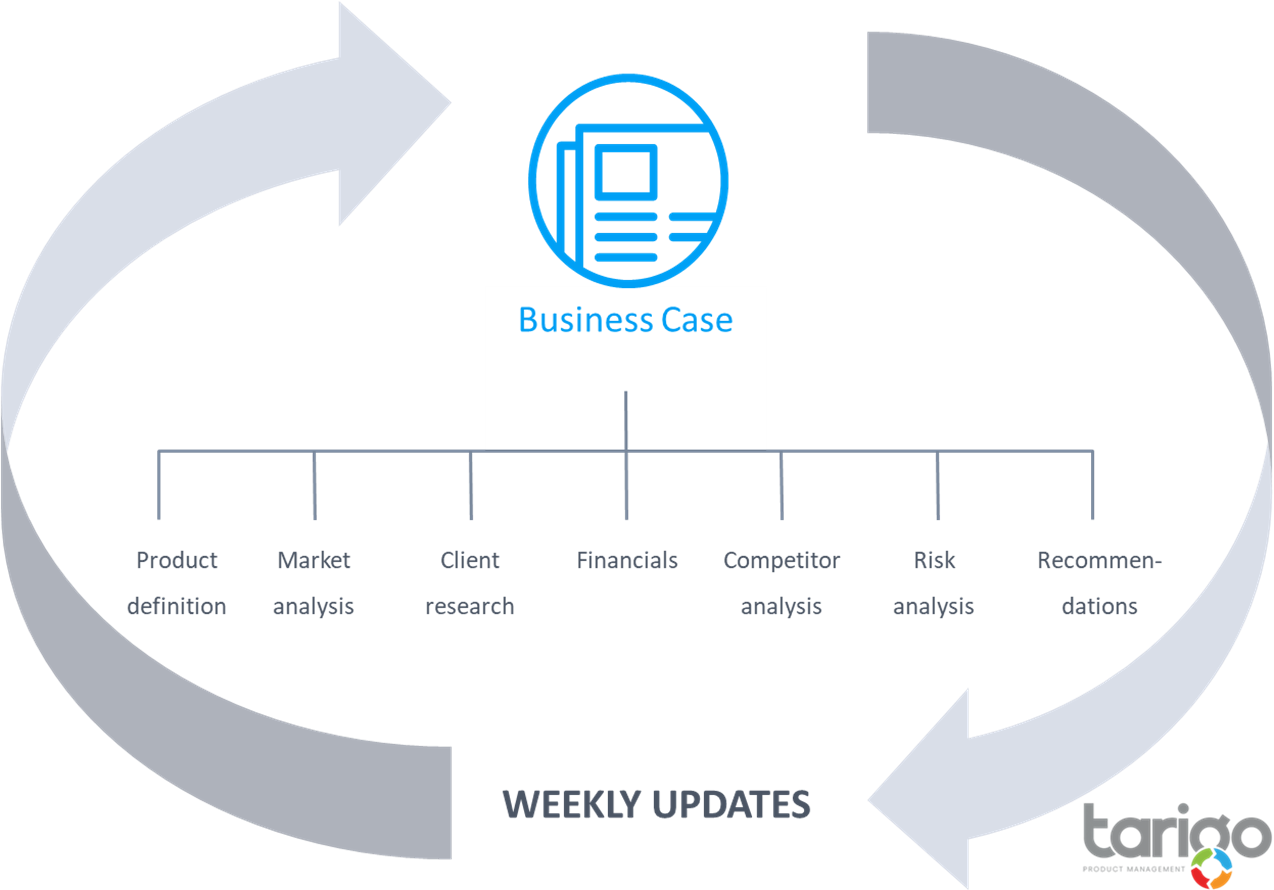
Maintaining a business case
How many of us build out a business case to get our product funded and then simply forget it? It worth remembering that the business case changes as conditions change; customers, markets, competition, risks, numbers, etc all can change. To build the business case once and then forget it is to neglect this fundamental of change. And if we build the business case and forget it, we’re building a product for historical market conditions – what our markets used to look like.
Simple product management tip – make a habit of reviewing your business case and updating it – 15 minutes per week where you record any new information that you’ve uncovered over the last 7 days so you always have an up-to-date record.
read more
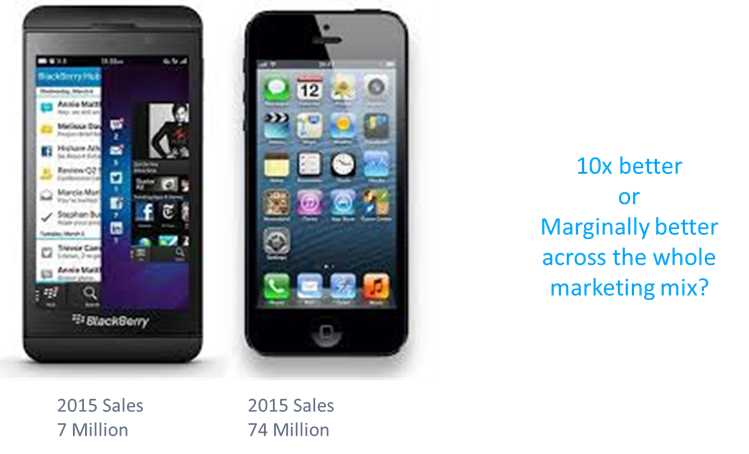
marginal improvement program
I’m working with a team who have a 5% market share and falling vs a competitor at 35%. Simple question – what should they do?. To answer this Product Managers first need to establish how competitive their product offer is. It’s very easy to think the competition is too far ahead by looking simply at market share, but that’s not always the full picture – it could be that the competitor is marginally better, and that marginal advantage turns into market dominance (i.e. most customers choose the competitor because it’s ever so slightly better). So before throwing your product away and starting again, think about a marginal improvement program.
read more

Do Product Management have power
A question that comes up frequently on the basis that we often have significant responsibility for our product. So, don’t we need enough authority to execute our responsibilities? The short answer is no - product management is a role of influence rather than direct control. We influence leadership teams to invest in products, right the way through to influencing sales teams to focus on our product. So how do we gain influence? Through evidence - coherent and compelling market research. Want to secure that 7 figure investment from your leadership team? Compelling evidence is what it takes. Remember, no one is really interested in the opinion of the product management team, they’re interested in the evidence you bring from the markets you serve.
read more
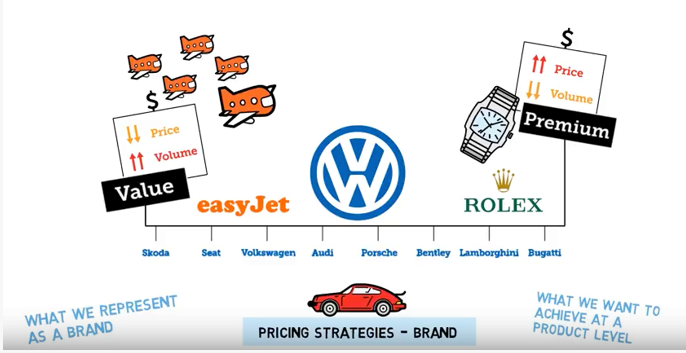
Pricing is a strategy
Pricing is a strategy, not just a number Too many product teams treat pricing as an afterthought - they come up with a number some time near launch when asked “how much is it?”. Pricing should be something we start thinking about at ideation and build a strategy for through to launch. Think of products such as the HP inkjet - it’s priced using a penetration and premium model (printers are low price to penetrate the market, ink is high price to generate profit). This pricing model directs design decisions (e.g. make printers with different ink cartridge design to protect the market from a third party ink manufacturers). It’s clearly thought about way in advance. And it’s not an isolated case - think of google with a free to use search engine and the ad words business. Don’t think of a number just before launch!
read more
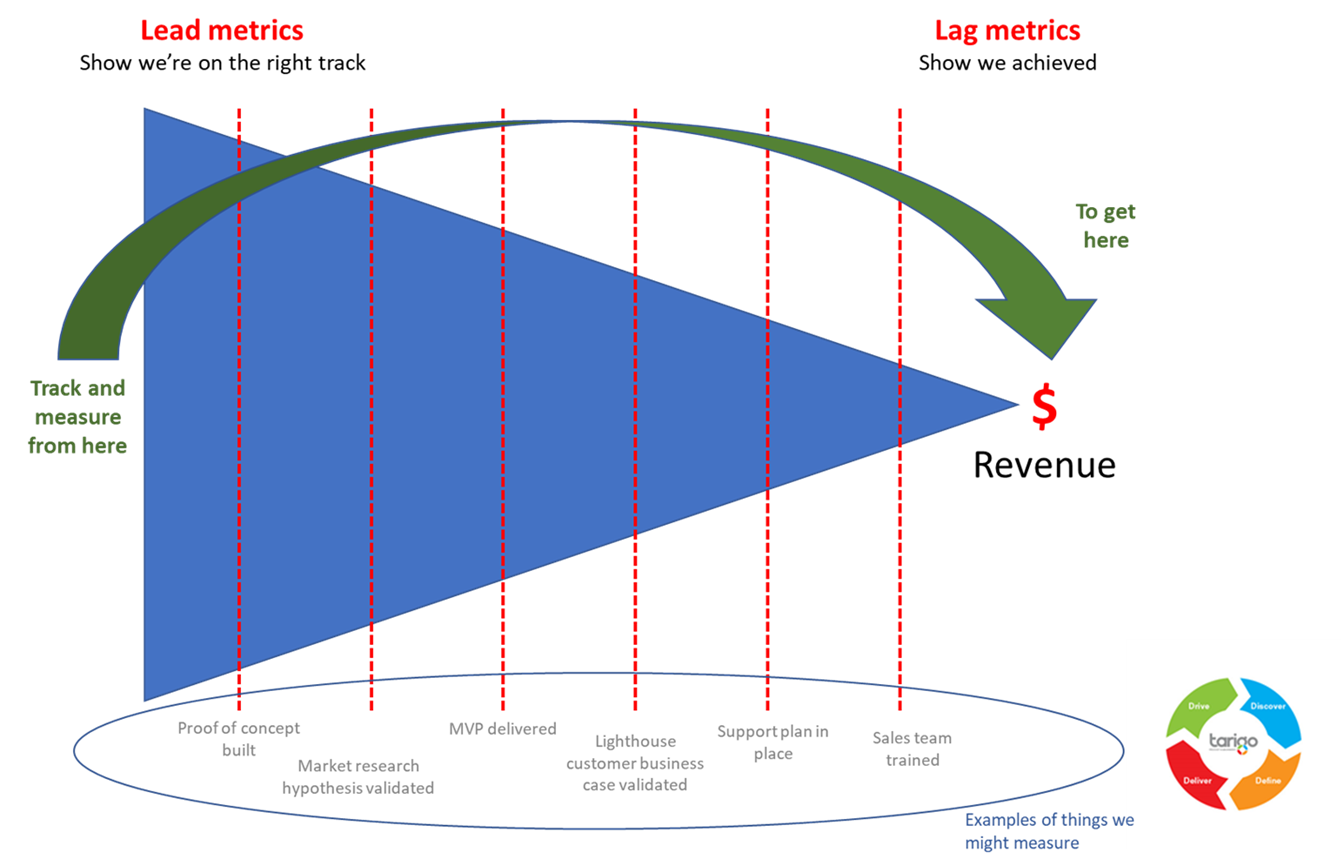
Building the product funnel
Sales team often think of sales pipeline – a tool that enables them to describe where customers are in the sales process from initial contact through to closed. It helps the sales manager build a robust forecast, track progress within the sales team and give an early indicator of issues – no new leads in the pipeline won’t affect this quarter but will impact the next. Product managers can adopt this technique too – building a product funnel that helps them visualise how their product is tracking. Think of building a suite of metrics that don’t just measure success (e.g. revenue, profit), but also lead metrics that show we’re heading in the right direction (e.g. Lighthouse customer reference, product launch date, customer feedback, etc). This gives confidence that your tracking to plan.
read more

Why is growth so important?
We all want our business to grow, but how important is it? Growth is much more than a nice-to-have. It’s a fundamental for success; competition is a daily reality and without growth, you are offering opportunities for others to establish in your markets. Think of it like this, over 20,000 tech businesses were registered across Europe last year alone. That’s 20,000 more reasons to grow before they start to take a share of your business. Growing isn’t about greed, it’s about survival.
read more

Building trust in a brand
A team I was working with earlier this week have a goal of being “The trusted brand” in their sector and they were looking at how to make that happen. This is one of those topics with no shortcut - building brand trust takes time. My example; having just stepped off flight number 18 of the year so far the one constant travel companion over the last 20 years has been #samsonite. The picture below shows my current selection that has been beaten and battered through more airport terminals than I care to remember. They never let me down. Building brand trust isn’t about getting it right once, it’s repeatedly delivering. So every time you release a product ask the question “does this live up to our brand goals”, and trust will eventually follow.
read more
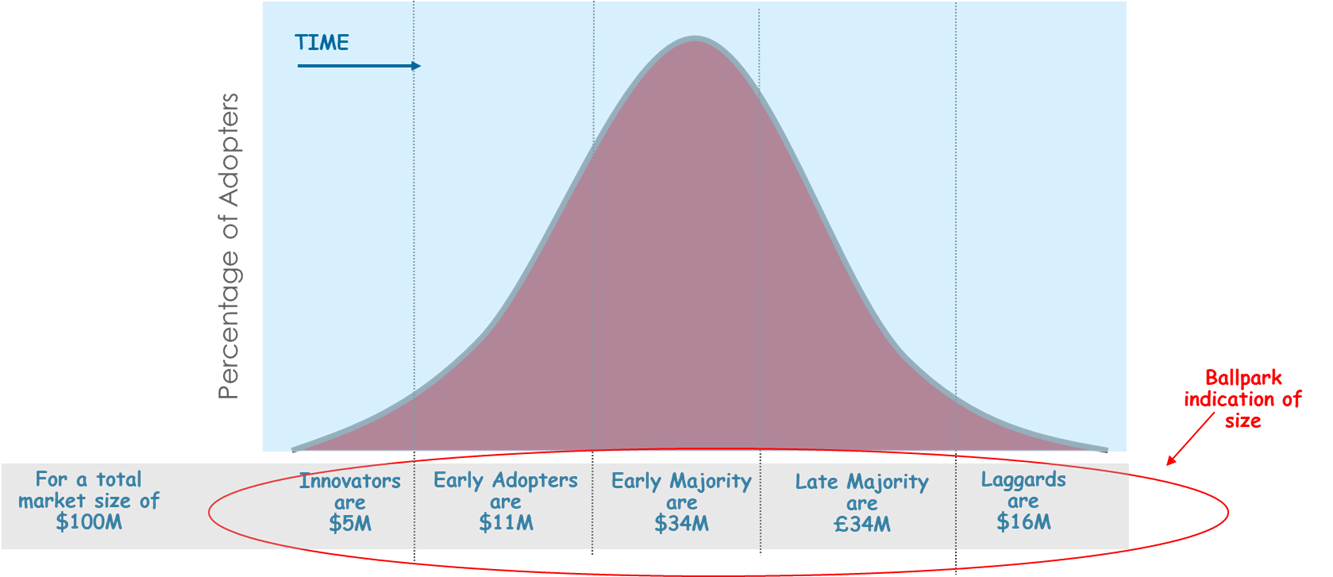
Life-cycle
You can’t size a product opportunity without knowing about Life-cycle
A recurring theme in my world is a frustration in many organisations about their inability to forecast. It’s pretty obvious why we need to do this – if you can’t scale an opportunity then you can’t right-size the organisation. But I constantly meet teams where the forecast is orders of magnitude wrong. Fundamental to this is lack of understanding life-cycle – a model that describes how a market turns on and off over time as different types of users buy in to your product. The main point being that a market is not available on one day – some customers buy in early, some much later. Think of this as an adoption model and when you’re trying to build a revenue forecast your Total Addressable Market is limited to that stage of life-cycle your product is in. For example, a $100M market won’t be bigger than $5M in the introductory phase until some lighthouse customers have bought in.
read more
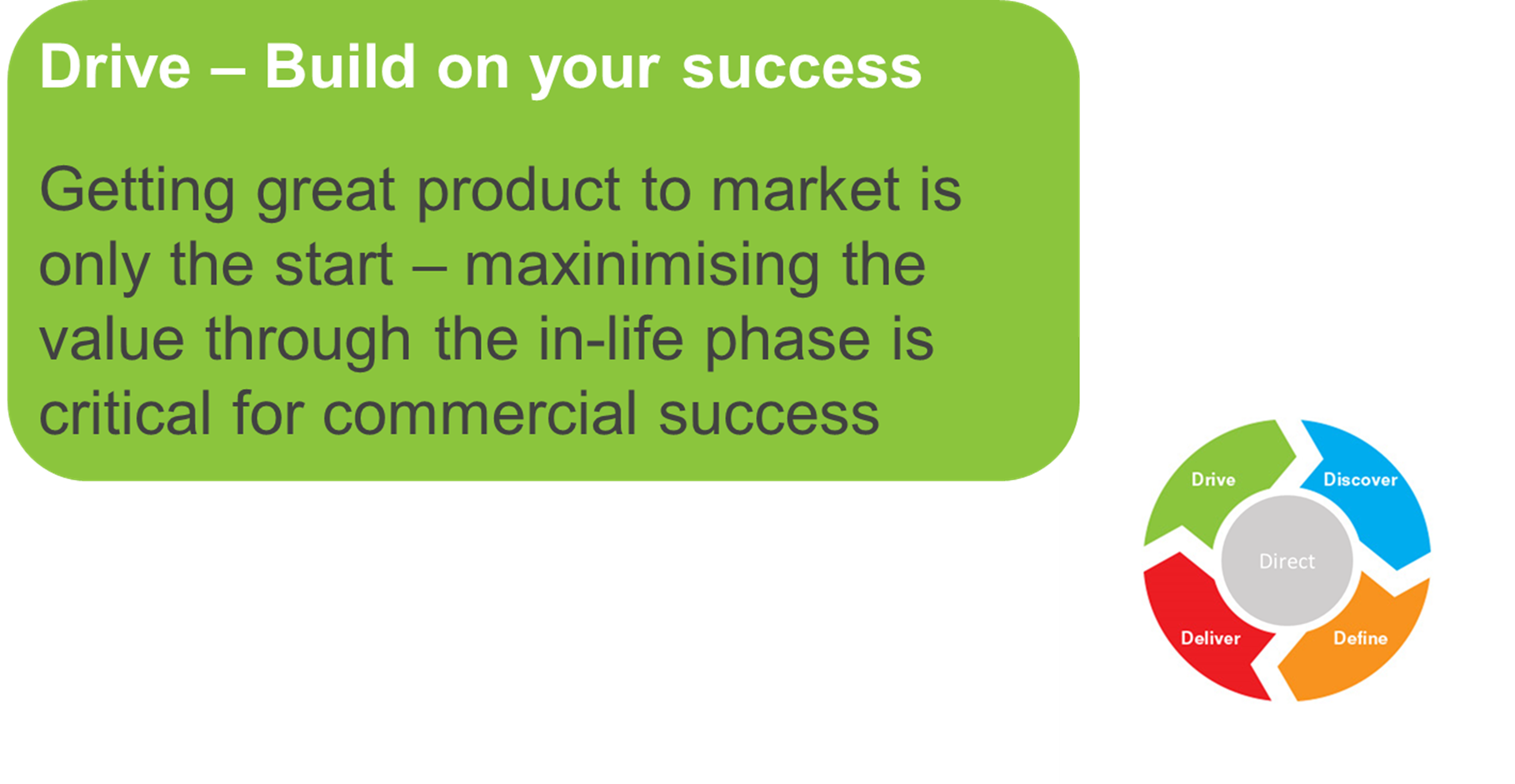
Five of five – Drive
Over the week we’re going to step through the Product Management process. We call this our 5D process; Direct, Discover, Define, Deliver & Drive.
Process Is vital for successful Product Management – it ensures we build the right products at the right price point in the right time time frame, communicated well to the right customers.
So, let’s continue with Drive – Build on your success
Getting a product successfully out to market is a huge success. Great job! But, let’s not forget that on launch day you’re likely to have spent huge amounts on developing your product. Now it’s time to see a return on that investment. Throughout the drive phase, Product Managers use a marginal gain model – identifying small improvements to all aspects of their product that will make them more competitive for longer. They use win/loss analysis, competitor and customer insight, trend data, etc to continuously improve because they recognise that their markets are not static. Using this model they maximise the benefit of their solution to customers, maximise the return to their business and lengthen the lifecyle of their product before taking it through a planned replacement and withdrawal process.
read more
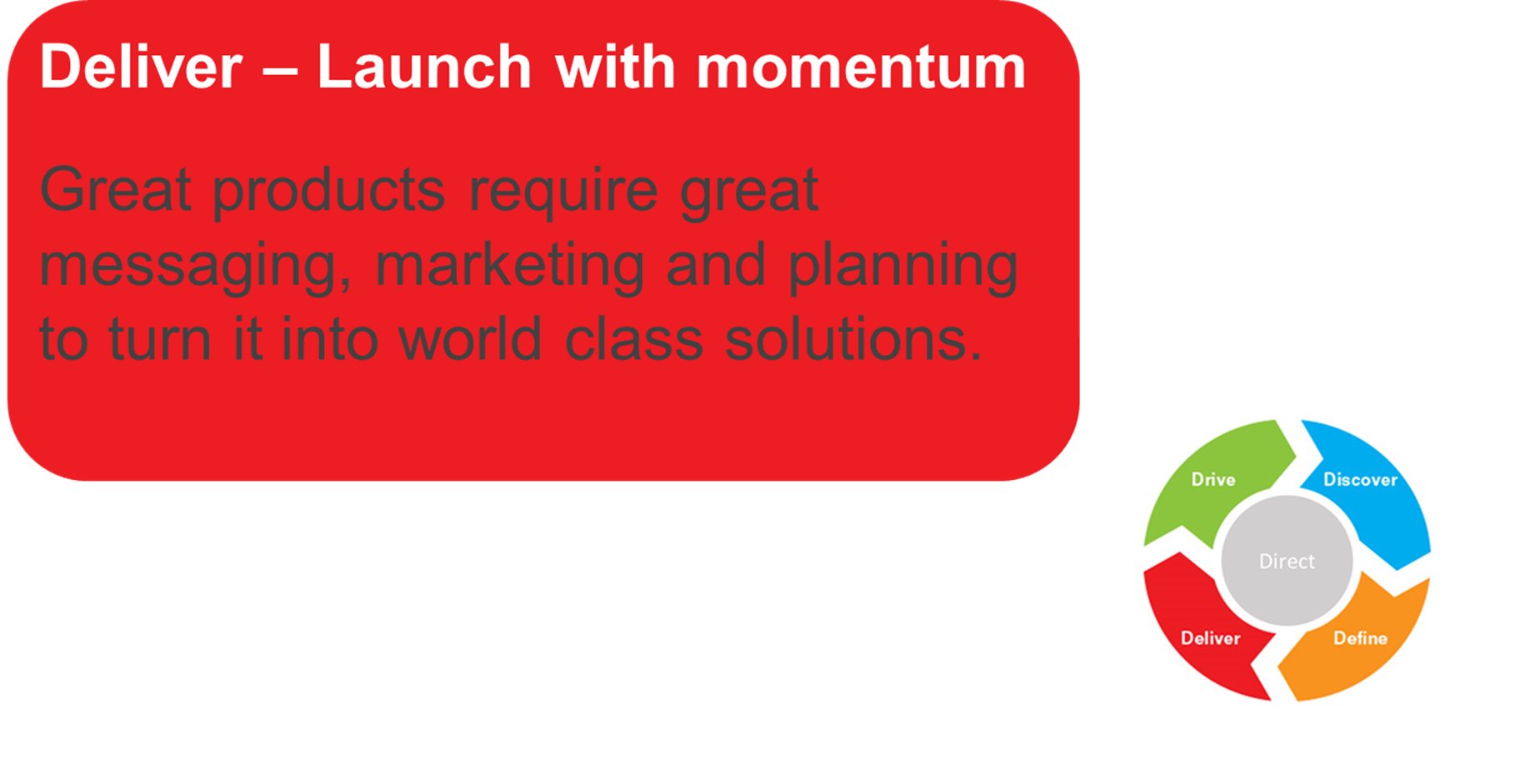
Four of five - Deliver
Over the week we’re going to step through the Product Management process. We call this our 5D process; Direct, Discover, Define, Deliver & Drive.
Process Is vital for successful Product Management – it ensures we build the right products at the right price point in the right time timeframe, communicated well to the right customers.
So, let’s continue with Deliver – launch with momentum
Building a great product is only part-way to success– great technology needs great messaging, marketing and planning to turn it into a world class solution. Product Managers work with marketing teams to ensure the value of the product is clearly articulated by producing winning value propositions for target personas, launch planning and creating campaigns. They also work with delivery teams to ensure an effective launch - making sure elements such as naming, pricing, or support don’t get forgotten in the rush to market.
read more
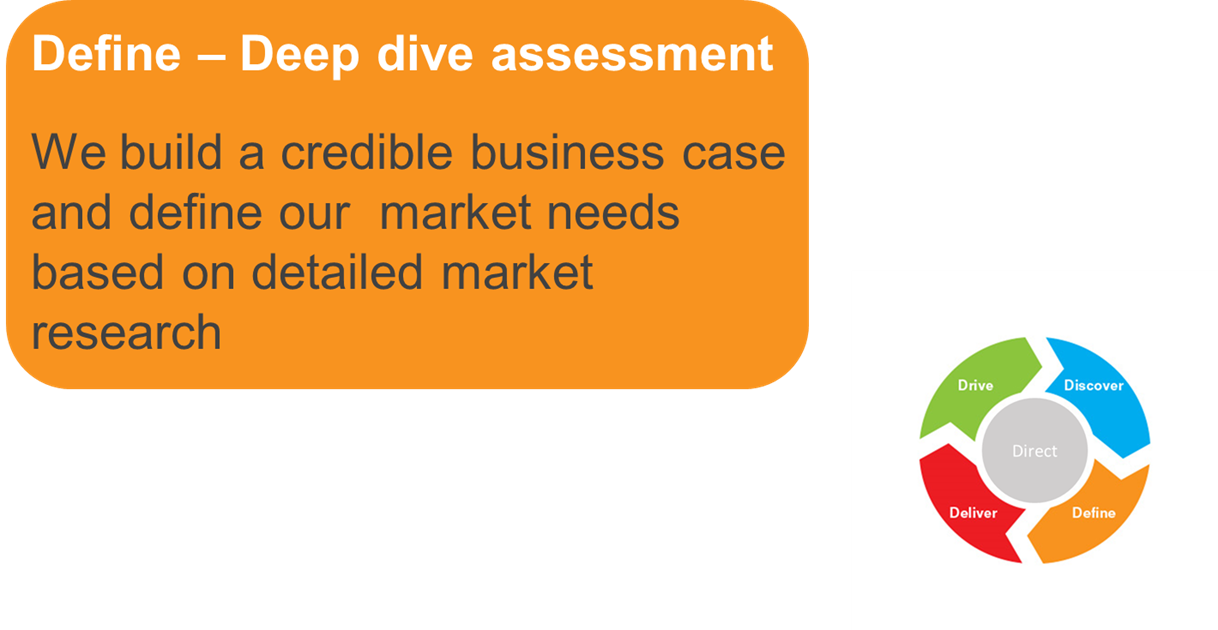
Three of five - Define
Over the week we’re going to step through the Product Management process. We call this our 5D process; Direct, Discover, Define, Deliver & Drive.
Process Is vital for successful Product Management – it ensures we build the right products at the right price point in the right time timeframe, communicated well to the right customers.
So, let’s continue with Define – translating the best opportunities into business cases and user stories.
The next step is to do a deep dive – clearly understand the market need, translate it for our development and delivery teams, and build out a robust plan. . To do this, Product Managers construct a business case. This provides justification for undertaking the project by demonstrating the value delivered versus the cost and risk involved. It focuses on validating a set of core questions that drive the business case. As part of this process, we start to build out requirements - Personas, user journeys and high-level user stories that translate customer needs into the language that development and build teams use that we prioritise and track through to product launch. All of this work is driven by deep dive market research
read more

Two of five - Discover
Over the week we’re going to step through the Product Management process. We call this our 5D process; Direct, Discover, Define, Deliver & Drive.
Process Is vital for successful Product Management – it ensures we build the right products at the right price point in the right time time frame, communicated well to the right customers.
So, let’s continue with Discover – assessing new ideas
Into the product management world comes with huge numbers of ideas. These ideas range in scope and type; new products, new markets, enhancements, pricing initiatives…. the list is endless. All ideas are welcome, but not all should be delivered. Some just don’t make sense; they might not deliver benefit or fit with vision, or perhaps they overlap with our existing products. As for the rest, we prioritise them based on how well they serve our customers and how they fit with our plans.
We use our one-page innovation canvas to structure this process; 10 questions that help us uncover winning ideas and prioritise those that remain. The key is quick feedback; delivering bad news is always best done quickly so we let idea originators know how we’ve prioritised their idea before their expectation & anticipation builds.
read more
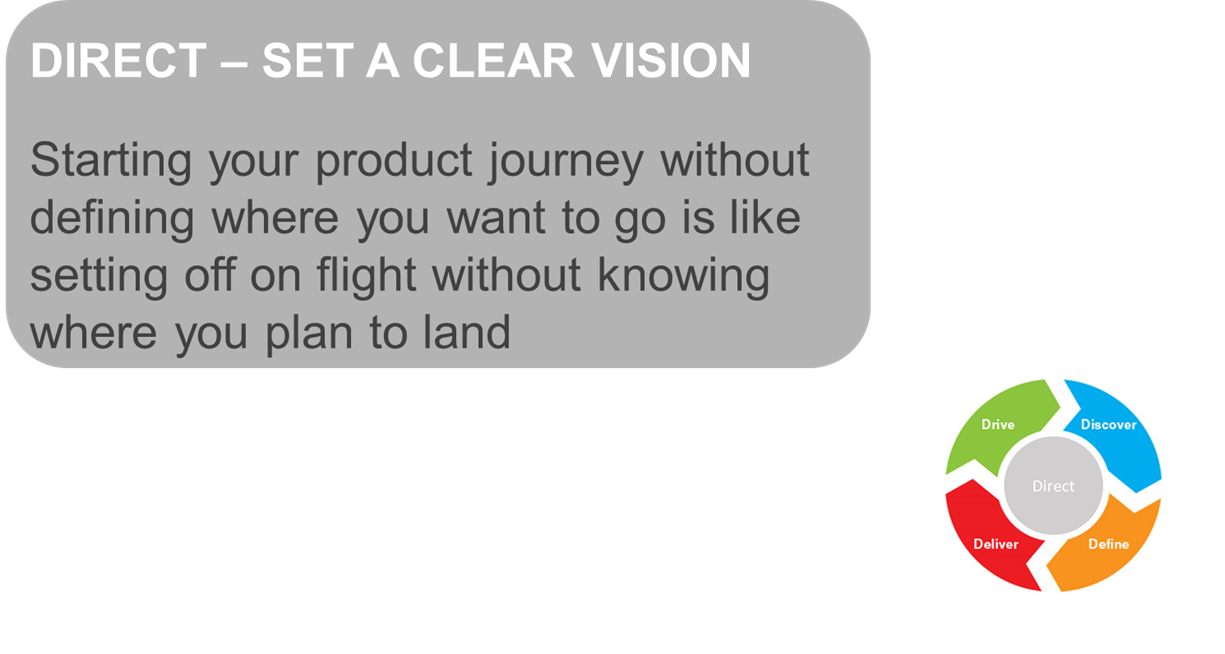
One of five - Direct
Over the week we’re going to step through the Product Management process. We call this our 5D process; Direct, Discover, Define, Deliver & Drive.e of five - Direct
Process Is vital for successful Product Management – it ensures we build the right products at the right price point in the right time timeframe, communicated well to the right customers.
So, let’s start with Direct – setting the product vision.
Imagine stepping on a plane and the Captain announces “Not sure where we’re going today, we’ll just take off and fly and see where we end up”. Pretty unnerving, but this is how many product managers captain their product – no sense of final destination.
Having a product vision underpins our work. Without one we run the risk of being directionless; busy with work but doing nothing to move our product towards a grand vision. Essentially we go around in circles.
To address this Product Managers set a clear and coherent direction for their product. Building a 360-degree view of the landscape - markets, competition, current offers, mega trends and business goals - and then defining a product vision to drive the desired result.
You wouldn’t set out on a flight with a plan. Don’t set out on a product journey with a vision.
read more
Building a tech business
Stephen Allott shared his thoughts about building a tech business at the PMC launch this week. Stephen has an incredible track record in the tech sector and has built a business to a $7Bn market capitalisation.
1. Hire the best
He talked through some of his hiring at Micromuse, for him one of the magic ingredients for success was an insistence on hiring the best. Not ‘good enough’ and not a body to fill a hole in an org chart, but world-class individuals.
2. Dream big and clearly
His view was to step five years into the future and imagine your perfect scenario. Not an ambiguous dream like “we want to be big”, but the detail of what you will achieve. Then track it back to today and plan a path to it.
3. Embrace the difficult journey
The clearest point was this. He talked of times where Micromuse was days from running out of cash, of key people setting up in opposition, of difficult legal wrangles with early deals. The point was simple; the journey is difficult and to grow a tech business you’ve got to be ready to take the blows and stand back up every time. Problems happen, don’t let them kill your dream.
Inspirational points from a great leader who's been there and done it more often and more successfully than anyone I know
read more
Building a tech business
Stephen Allott shared his thoughts about building a tech business at the PMC launch this week. Stephen has an incredible track record in the tech sector and has built a business to a $7Bn market capitalisation.
1. Hire the best
He talked through some of his hiring at Micromuse, for him one of the magic ingredients for success was an insistence on hiring the best. Not ‘good enough’ and not a body to fill a hole in an org chart, but world-class individuals.
2. Dream big and clearly
His view was to step five years into the future and imagine your perfect scenario. Not an ambiguous dream like “we want to be big”, but the detail of what you will achieve. Then track it back to today and plan a path to it.
3. Embrace the difficult journey
The clearest point was this. He talked of times where Micromuse was days from running out of cash, of key people setting up in opposition, of difficult legal wrangles with early deals. The point was simple; the journey is difficult and to grow a tech business you’ve got to be ready to take the blows and stand back up every time. Problems happen, don’t let them kill your dream.
Inspirational points from a great leader who's been there and done it more often and more successfully than anyone I know
read more
Check out the Archive